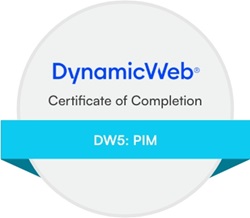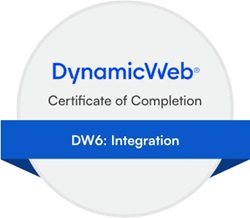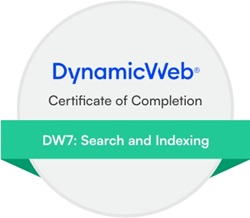Posted on 29/04/2021 09:29:19
Hi Nicolai,
Thank you for the reply.
I have considered this potential danger. In my case, I will have a few hundred users but it will still be close to breaking.
I would normally assign all of them the same permissions (on a group) but I need to be able to restrict what each of them see. That's why I am considering a 1:1 relation with a Warehouse. The Warehouse can have specific categories (and fields) and each warehouse will contain only the products that the user can/should see and edit.
If I assign all of them to the same warehouse, I need a way to handle what they see. Hence my last question about saving some UserID information on a product. In theory (have not tested it) if I have a userID on the product, I can probably add generic filtering on the PIM repository to always display only the products marked with the identifier of the user (using a User macro). But that would still leave me with displaying all categories that the user does not have Products into.
Of course, this is all theoretical at this point. I am trying to figure out the best way to handle this.
The broad scope is to allow external vendors to edit their products in a centralized PIM.
And I am investigating 2 approaches:
1. Allowing them inside the PIM backend
2. Create/duplicate the functionality in the front-end
I probably have more control with option #2 but it will require constant maintenance as the PIM will evolve and the functionality will be pretty limited (view, filter, import, export)
Option #1 is ideal but even if I can make it work for 100 vendors, there is no guarantee that my customer will not try to add 1000 more one year from now.
Jesper can probably tell you more about this project :)
Thank you,
Adrian












